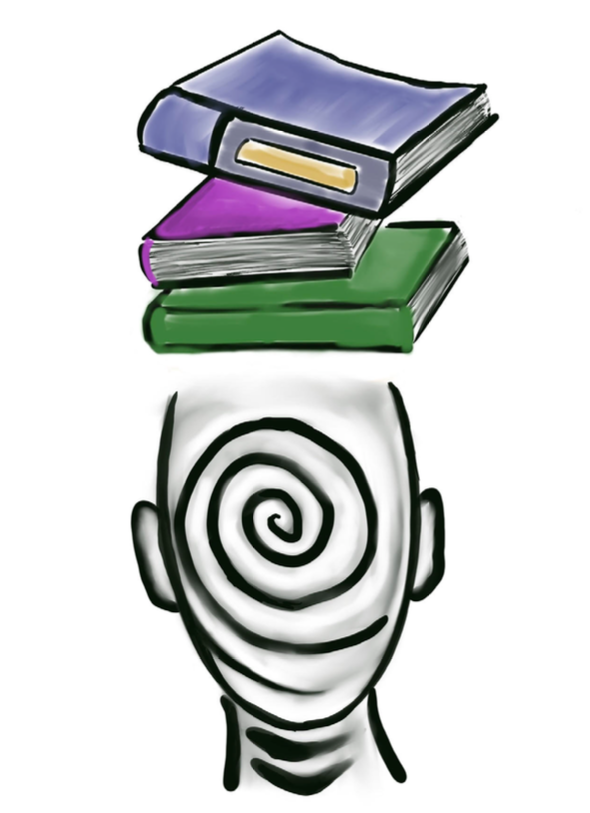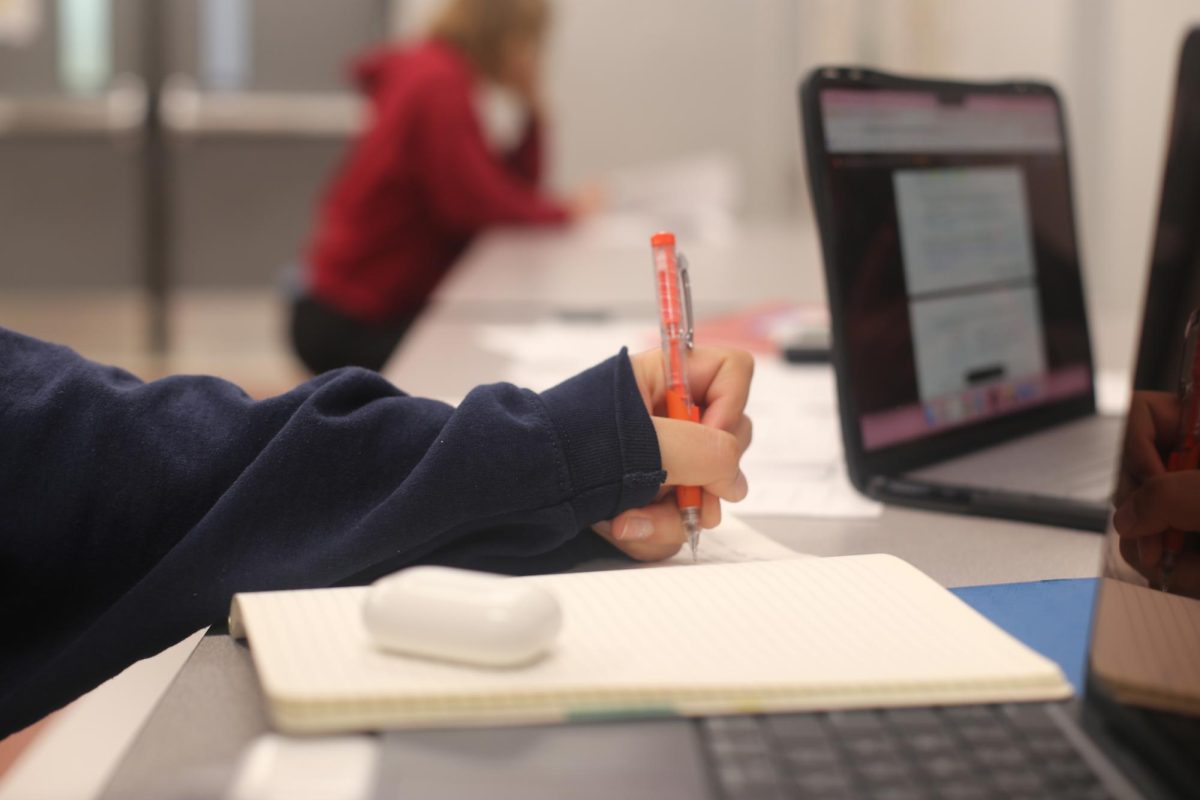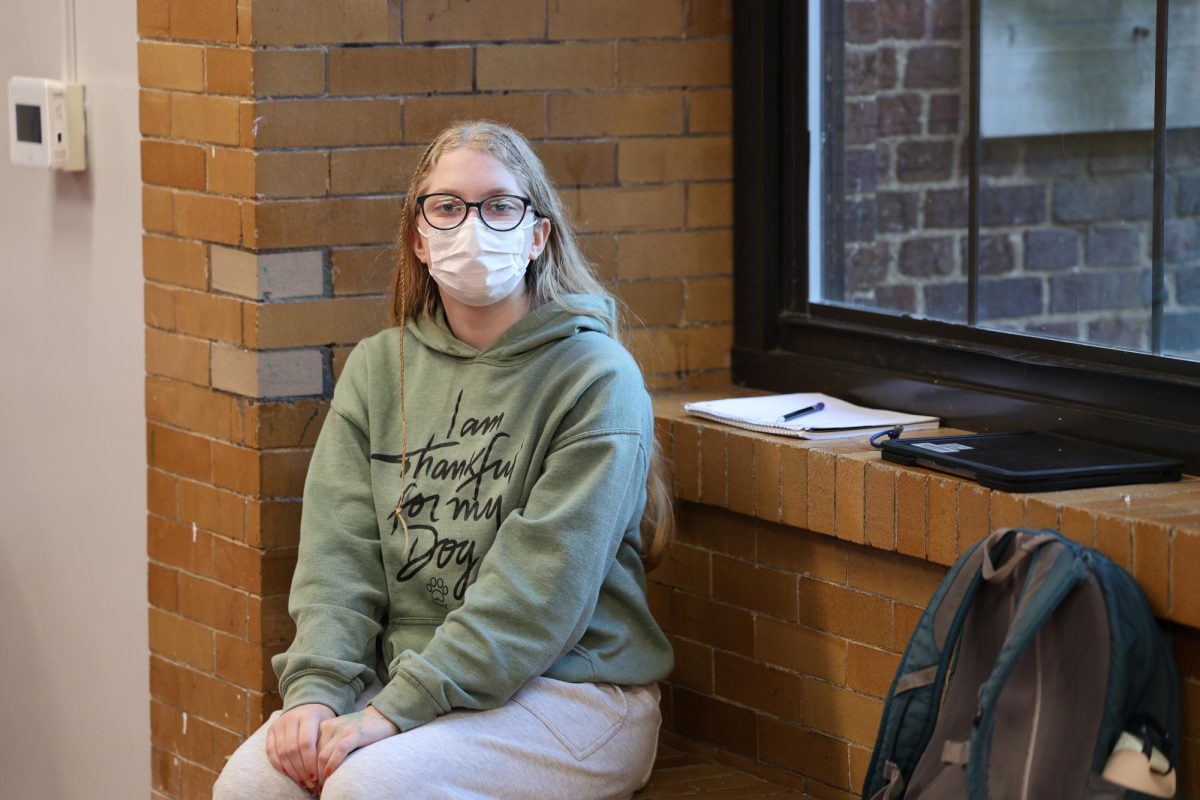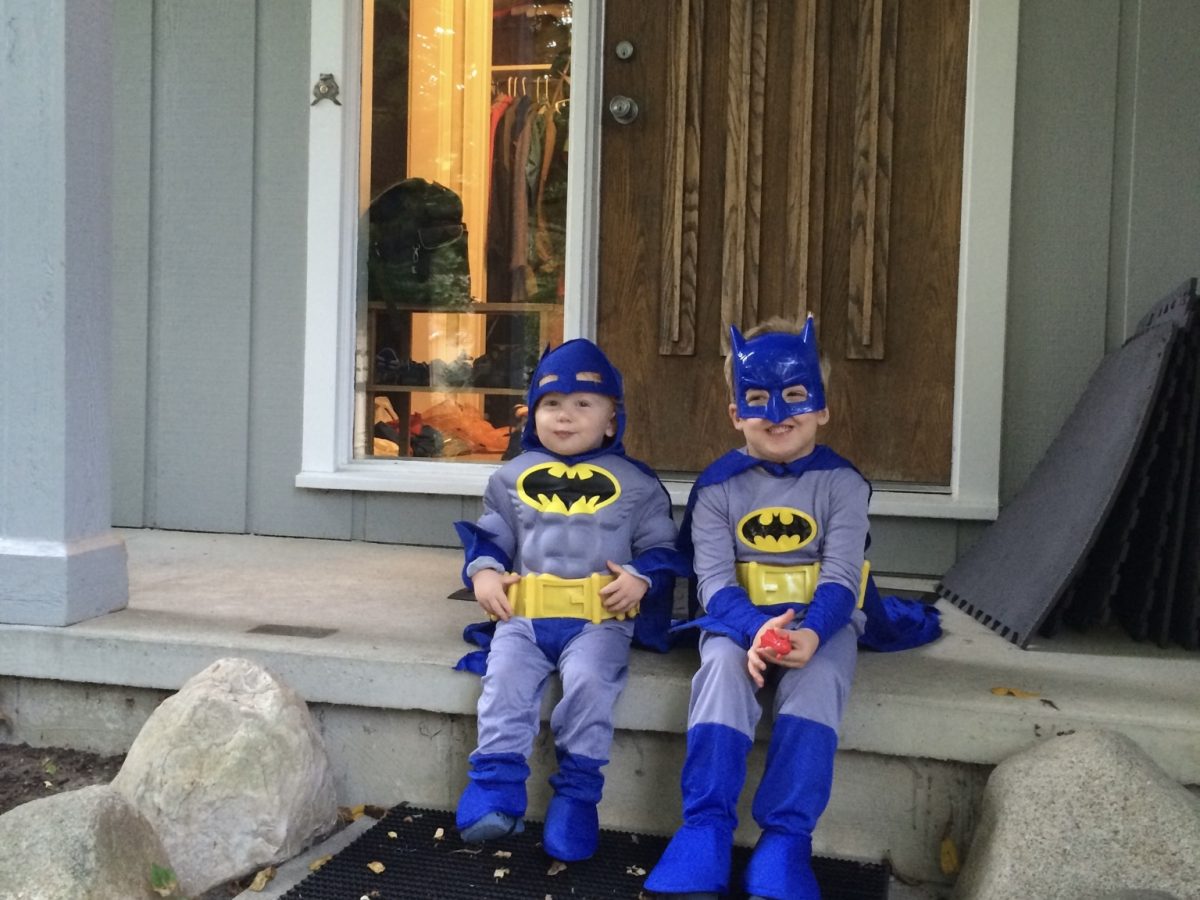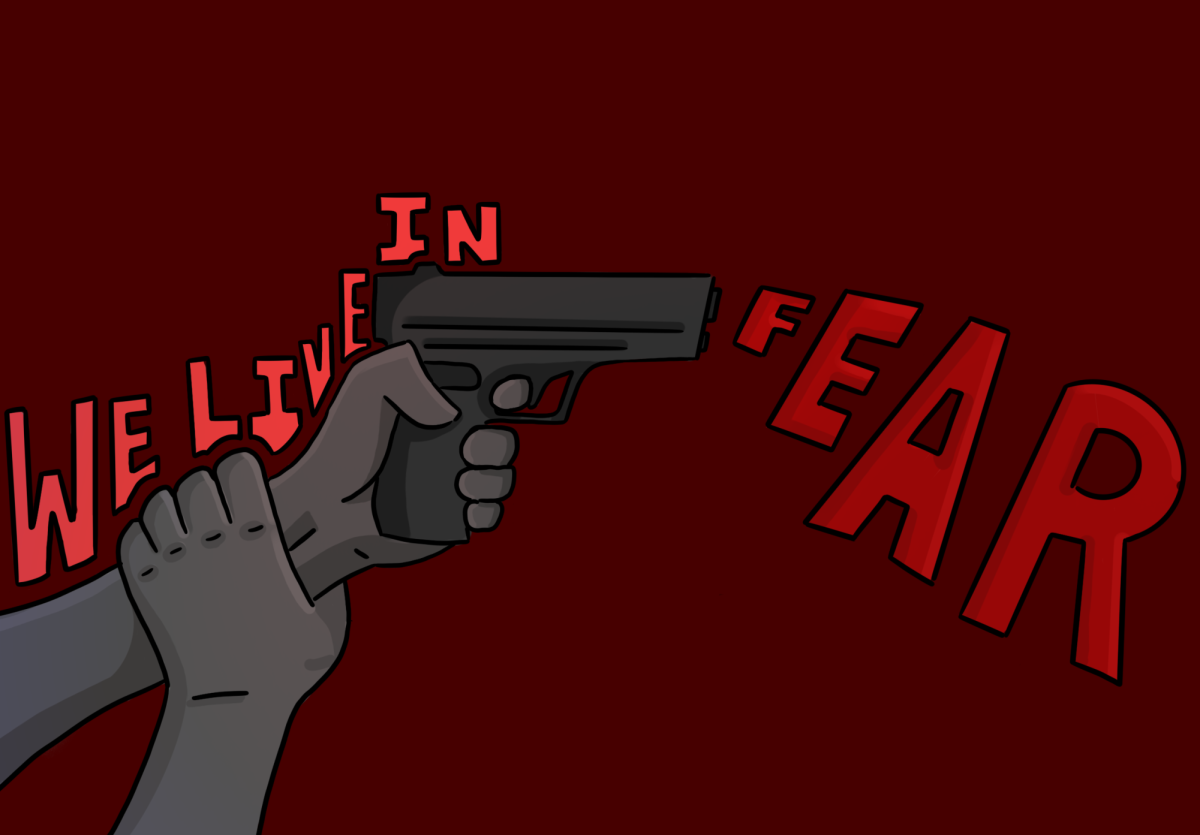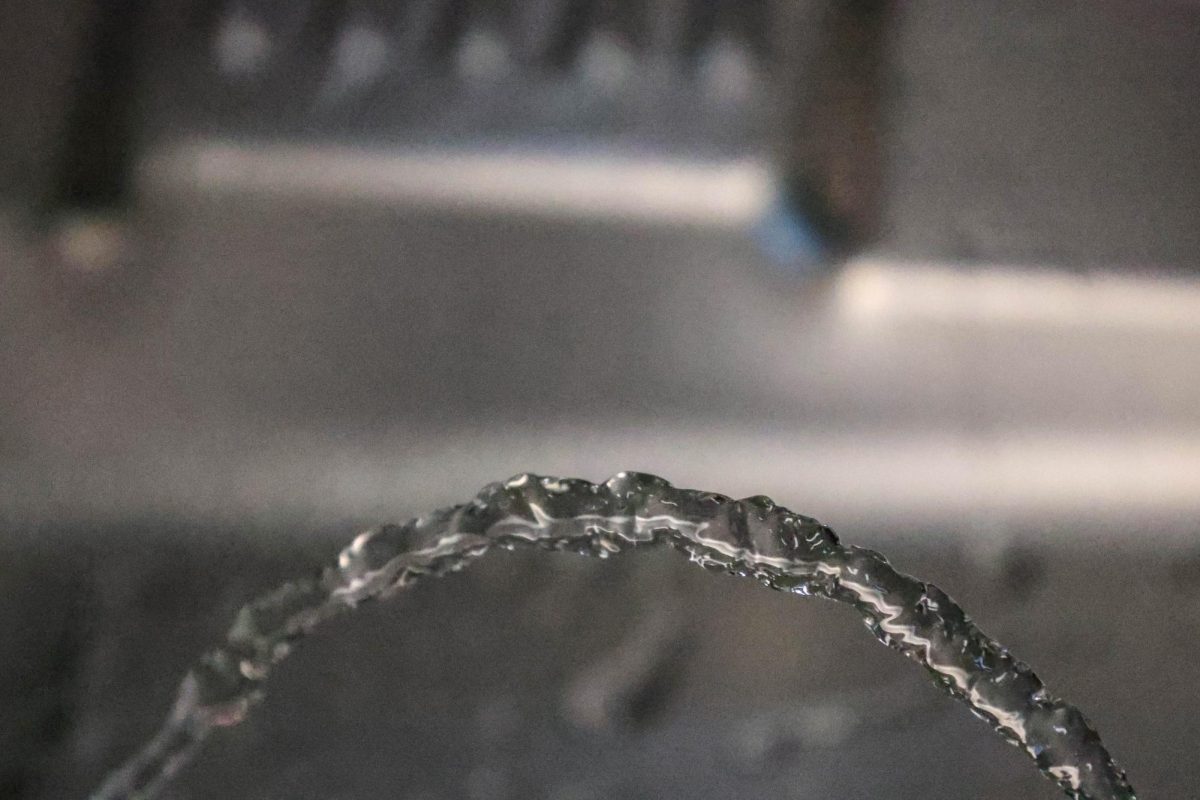During my time in high school, I have looked for something each day to challenge myself. Whether it was staying after class with a teacher to dive deep into a topic that I wanted to better understand, going for a six mile run or cooking a new recipe with my mom at home for dinner, my day is never completed until I feel challenged.
This mentality brought me to a seat in Dr. Hick’s class during my junior year. At CHS, we don’t have Advanced Placement or honors courses, but we do have the Community Resource program which allows students to take college courses at local universities, such as the University of Michigan (UofM).
As I sat with my guidance counselor, I felt that I had not met my larger challenge goal for pushing myself academically during my junior year.
“I think that you should take a class at the University of Michigan,” she said. “They aren’t easy, but if you really want to push yourself, a college course at Michigan will do just that.”
Right then I knew — that was my next challenge. I began my search to find a class that would be rigorous but also fulfilling. While I was searching, I stumbled upon “ALA 170: Social Identity, Social Inequality & Social Media: An Introduction to Intergroup Relations.” I was immediately drawn to the parallels it made with my interests in social inequality on social media, as it relates to my generation more than ever. I knew right away that this was a class that I wanted to be a part of.
Adorned with limitless bundles of knowledge and wisdom, Dr. Hicks led us through a beautiful course about the Cycle of our Socialization, microaggression, racism, intersectionality, prejudice, stereotyping and ending with critical media literacy. Through presentations by classmates, lectures by Dr. Hicks and challenging conversations, I truly began to understand the power of privilege and the importance of learning your place in society in order to make a difference for generations to come. Dr. Hicks helped us learn that we can’t ignore our history and the inhumane practices that took place in America, but rather learn that the power lies in our hands to make the world a more equitable place.
We spent time learning about intergroup relations and the challenges that can occur. Although it can be seen as the study of division of groups furthering the separation and stretching us further from equality because of the identification one feels the need to have with a single group, I believe that through educating young people about the parallels between separation and unity and their complexities respectively, we can start to uncover what it truly means to create a coexistent society.
On a side note, I had the opportunity to experience the complexities of intergroup relations first hand with my first group project. While we were all in a similar broad social group as students, the human tendencies to categorize one another was evident: the leader, the procrastinator, the complainer and the antagonist. We had to put all that we had learned into practice and find common ground to successfully complete our project.
This experience sparked an interest in intergroup relations and the learning of how people of all walks of life interact with one another — the good and the bad.
The Community Resource program at CHS has allowed me to discover a love for liberal arts writing and topics through the class that I am currently taking at the University of Michigan and the one that I took last semester. The program allows students to explore topics that inspire each individual. I am so grateful to have had the opportunity to take classes at the U of M and hope that other students take advantage of this unique and incredible opportunity.



